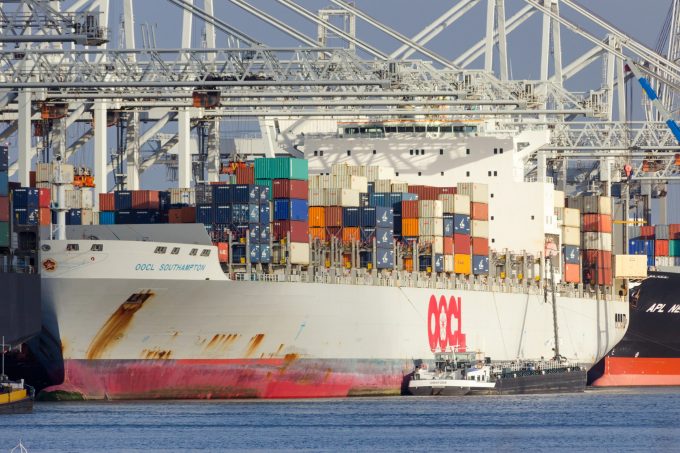Containership charter market feels the ripples from trade tensions
The charter market for containerships is diverging in response to the many pressures on supply ...

While container spot rates on the Asia-Europe and Asia-North America trades continued to remain elevated, year on year, due to the Red Sea crisis, collapsing rates on other trades continue to dent carriers’ earnings outlook.
Cosco-owned OOCL today reported its operational update for first quarter, which showed that despite the nascent recovery in pricing since Yemen’s Houthi rebels began attacking commercial shipping, trades that remain unaffected by Cape of Good Hope diversions continue to show considerable weakness.
The Hong Kong-headquartered carrier said ...
Maersk u-turn as port congestion increases across Northern Europe
Maersk Air Cargo sees volumes fall as it aims for 'margin in favour of revenue'
Keep our news independent, by supporting The Loadstar
Container spot rates diverge: to Europe still falling, but firmer to the US
Hapag-Lloyd won't take bookings if port congestion leaves cargo stranded
Ecommerce likely the front-runner in resurge of transpacific trade after deal
Containership charter market feels the ripples from trade tensions
Airfreight players eye new routes as demand on the transpacific nosedives

Comment on this article